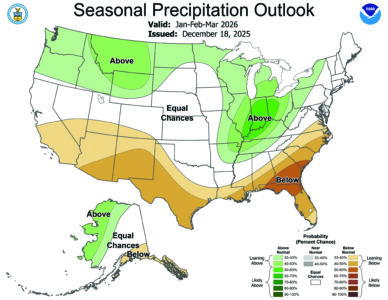Studies: Recent teen depression, suicide rates linked to COVID-19 school closures

Kathleen A. Ethier director, Division of Adolescent and School Health, CDC
UPPER PENINSULA — Depression, anxiety and suicide rates in age ranges from children to young adults have been spiraling in the 21st century, according to all reports.
In fact, the continuing, dramatic increase has reached a level of such that on Oct. 19, the American Academy of Pediatrics, the American Academy of Child and Adolescent Psychiatry and the Children’s Hospital Association partnered to declare a National State of Emergency in Children’s Mental Health (https://www.aap.org/en/advocacy/child-and-adolescent-healthy-mental-development/aap-aacap-cha-declaration-of-a-national-emergency-in-child-and-adolescent-mental-health/).
As recurring headlines in newspapers attest, the Upper Peninsula is not immune to poor mental health, nor the spiraling increase in teen suicides, which is why the Daily Mining Gazette is examining the issue.
Results from the 2019 Youth Behavioral Risk Factor Surveillance System show that 18.8% of high school students seriously considered attempting suicide and 8.9% actually attempted suicide. The cost of suicide attempts in the United States in 2019 was estimated to be $70 billion, states a report published by America’s Health Rankings analysis of CDC WONDER, Multiple Cause of Death Files, United Health Foundation (https://www.americashealthrankings.org/explore/health-of-women-and-children/measure/teen_suicide/state/ALL).
According to data collected and analyzed, the COVID pandemic further impacted the mental health of youth dramatically.
A report released on March 31 by the Center for Disease Control and Prevention (https:// www.cdc.gov/media/releases/2022/p0331-youth-mental-health-covid-19.html) states that according to the new data, in 2021, more than a third (37%) of high school students reported they experienced poor mental health during the COVID-19 pandemic, and 44% reported they persistently felt sad or hopeless during the past year. The new analyses also describe some of the severe challenges youth encountered during the pandemic:
• More than half (55%) reported they experienced emotional abuse by a parent or other adult in the home, including swearing at, insulting or putting down the student.
• 11% experienced physical abuse by a parent or other adult in the home, including hitting, beating, kicking or physically hurting the student.
• More than a quarter (29%) reported a parent or other adult in their home lost a job.
Additionally, the report states lesbian, gay and bisexual youth and female youth reported greater levels of poor mental health; emotional abuse by a parent or caregiver; and having attempted suicide than their counterparts.
“These data echo a cry for help,” said CDC acting Principal Deputy Director Debra Houry, M.D., M.P.H. “The COVID-19 pandemic has created traumatic stressors that have the potential to further erode students’ mental well-being. Our research shows that surrounding youth with the proper support can reverse these trends and help our youth now and in the future.”
Findings also highlight that a sense of being cared for, supported and belonging at school — called “school connectedness” — had an important effect on students during a time of severe disruption, the report says.
Youth who felt connected to adults and peers at school were significantly less likely than those who did not to report persistent feelings of sadness or hopelessness (35% vs. 53%); that they seriously considered attempting suicide (14% vs. 26%); or attempted suicide (6% vs. 12%). However, fewer than half (47%) of youth reported feeling close to people at school during the pandemic.
More than one in three high school students (37.1%) experienced poor mental health during the COVID-19 pandemic. In addition, 44.2% of students experienced persistent feelings of sadness or hopelessness, almost 20% seriously considered suicide, and 9.0% attempted suicide during the 12 months before the survey.
The prevalence of poor mental health and suicidality was high across students of all sex, sexual identity, and racial and ethnic groups; however, poor mental health, persistent feelings of sadness or hopelessness, and suicidal thoughts and behaviors were less prevalent among those who felt close to persons at school and were virtually connected with others during the pandemic.
An April 1, CDC article (https://www.cdc. gov/mmwr/volumes/71/su/su7103a3.htm#suggestedcitation) further detailed the March 31 release.
During the COVID-19 pandemic, students’ feelings of being connected to school were likely reduced by extensive school closures and transitions to virtual learning. Efforts to improve connectedness to schools, peers and family are critical to protecting the mental health and well-being of youths, particularly in the context of ongoing pandemic-related stressors.
Evidence from previous outbreaks suggests that the pandemic might have long-term consequences for youth mental health and well-being and be associated with potential increases in youth depression, anxiety and post-traumatic stress disorder, which underscores the urgent need to address mental health needs among youths.
“School connectedness is a key to addressing youth adversities at all times – especially during times of severe disruptions,” said Kathleen A. Ethier, Ph.D., director of CDC’s Division of Adolescent and School Health. “Students need our support now more than ever, whether by making sure that their schools are inclusive and safe or by providing opportunities to engage in their communities and be mentored by supportive adults.”






